Selective harvest of Wentlands Woods should start this fall
By Kelly Terpstra, kterpstra@charlescitypress.com
Greg Heidebrink sees the forest through the trees – both literally and figuratively.
It’s part of his job as District 2 forester for Floyd County Conservation and the Iowa Department of Natural Resources.
Keeping an eye on the sustainable management of forests has kept Heidebrink busy lately.
An example is Wentlands Woods — 102 acres of publicly owned heavy timber located about 7 miles northwest of Charles City. The recreational area is full of trails and a sight-seeing, must-stop destination for nature enthusiasts.
There’s also plenty of towering, overly mature red oaks that dominate the overstory of the forest. That’s why a selective harvest on the western part of that land will more than likely begin this fall.
“We are trying to start a new-age class,” Heidebrink said.
The selective harvest will be done by Knapp Logging, which is owned and operated by Kenneth Knapp of Fayette. Knapp was the highest of six bids, at $46,000, to secure the contract for the timber. The low bid for the project was $23,000.
“Six bids is a pretty good testing of the market,” said Heidebrink. “The county had the option to accept the highest bid or reject all of the bids. We’re selling timber. I want to get as much for those trees so that I can then take that money and reinvest it back into the property.”
Knapp will cut down more than 400 trees, more than half of them red oak and ash. Heidebrink said any tree that is deemed to be healthy for the next 15-20 years will remain.
“Ideally, in 20 years, we’ll come back and do this all over again,” said Heidebrink.
The trees to be harvested are located in Stand 1 – which encompasses just over 31 acres – and are marked with orange paint. Heidebrink is using the practice of uneven-age management to help manage shade tolerant species such as maple, basswood, hackberry and cherry. The majority of trees that will be harvested by Knapp are declining, overmature and are damaged or defective trees that may be falling down.
“Unfortunately, in Wentlands Woods, that’s a lot of the overstory trees,” he said.
“Eventually, I want a third of my trees big, a third of my trees medium and a third of my trees small. Right now we have small and massive.”
Knapp’s contract calls for him to complete the harvest within 18 months, but Heidebrink said the project could be done by next summer.
More than 115,000 board feet will be processed in that time and more than nine species of tree including basswood (78), white oak (29), elm (27), aspen (25) and maple (21) will be cut down.
The selective harvest is part of long-term plan by Heidebrink and Floyd County Conservation to meet their goal of sustainable trees, creating better wildlife habitat, improved erosion control and higher quality timber in the area.
Once the timber harvest is complete, Heidebrink will move on to the next phase of the project — timber stand improvement.
This will entail getting rid of undesirable species like boxelder, buckthorn or bitternut hickory that will be removed to reduce competition for the desirable shade tolerant species in the understory. Heidebrink will also weed the area, which will draw sunlight to the forest floor and aid in the growth of many younger trees.
“Now we’ve got sunlight to it. All those seedlings that have been growing half an inch for 30 years will go whoosh,” he said.
Heidebrink said Mother Nature will do the replanting of trees in Stand 1.
“Down the road — once this project is finished — we will never grow oak on this stand again because we’ve gone to uneven-age management. The rest of the property is where we’re managing for oak,” said Heidebrink. “To grow oak, you have to have full sunlight.”
Heidebrink has 10 stands mapped out on the property. Several of those could have clear-cutting done in the future to help grow species like oak. The last clear-cut at Wentlands Woods was in 1993. There was also a clear-cut done 10 years prior in 1983.
Improvement to the trail system, as well as new signs being constructed or repaired, could also be a benefit from the timber sale.
Heidebrink said once the 60-70 foot trees are cut down, their tops – which Knapp does not remove – will engulf the forest floor.
“People have to understand that there is going to be a little short-term ugliness for a long-term betterment of the property. Anytime you have a timber sale, it’s going to look messy and there’s going to be damage,” said Heidebrink. “We’re going to try to keep the trails open when he’s done.”
He said there could be a firewood sale to process the remaining timber or tops of the trees after the selective harvest.
“If it all lays there and rots, that doesn’t bother me a bit because we’re creating habitat. All of those nutrients are going to get recycled right back through to that next group of trees,” said Heidebrink.
Heidebrink has been this area’s forester for almost 20 years. He accepted his current position in April of 2000 after working in a similar role in Elkader. There are 12 district foresters in the state of Iowa who are managed by the Iowa Department of Natural Resources.


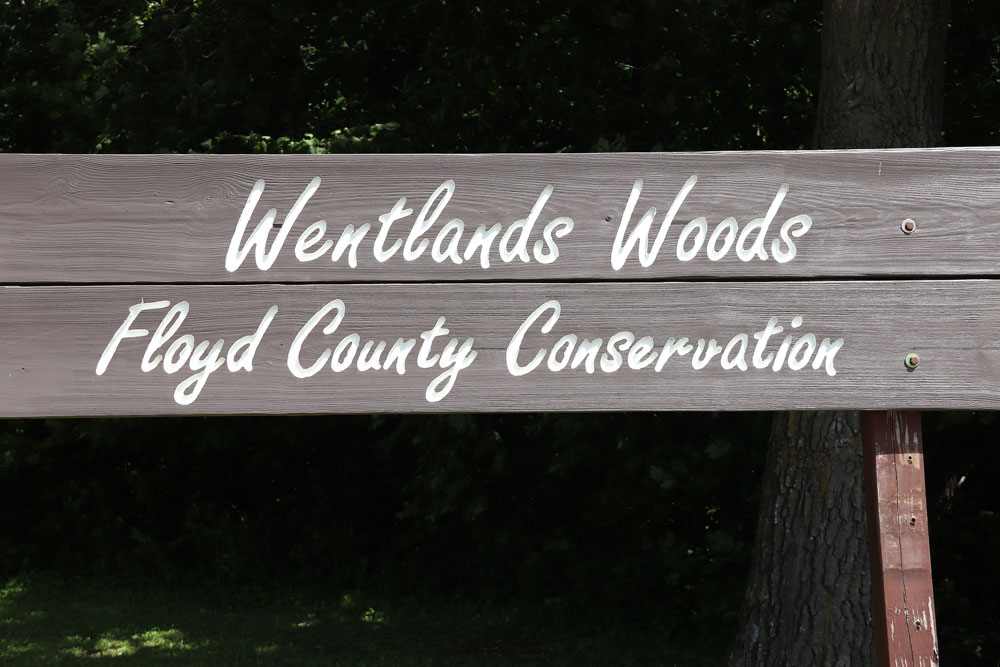


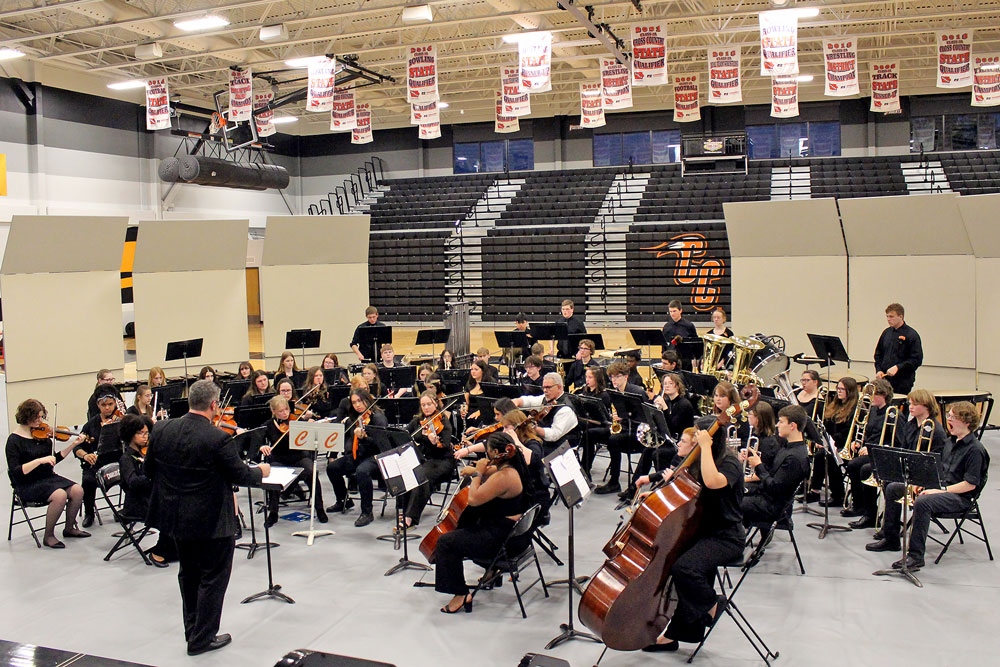
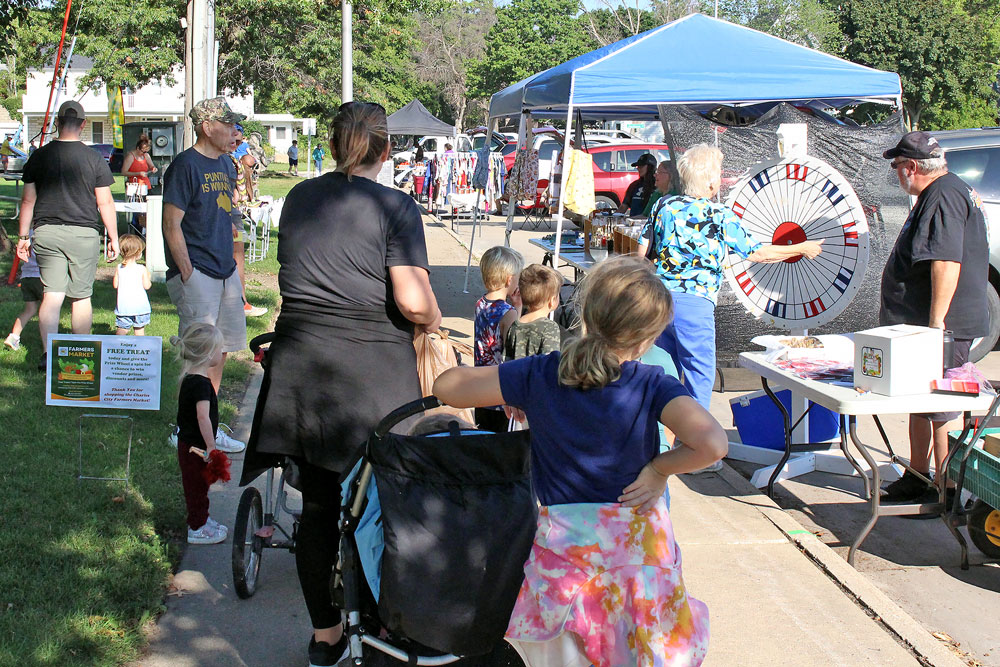
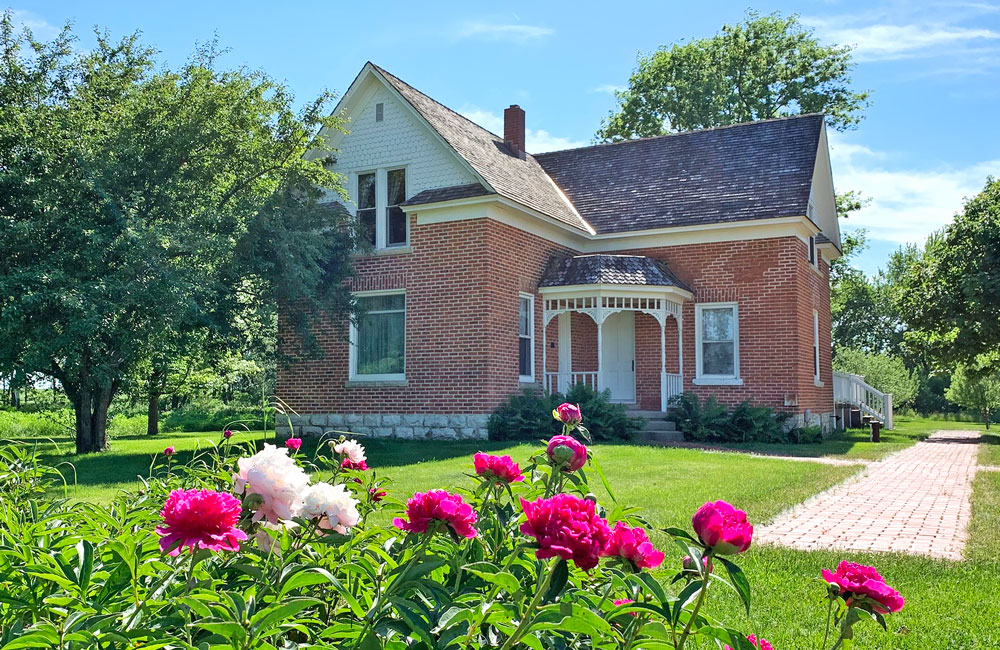

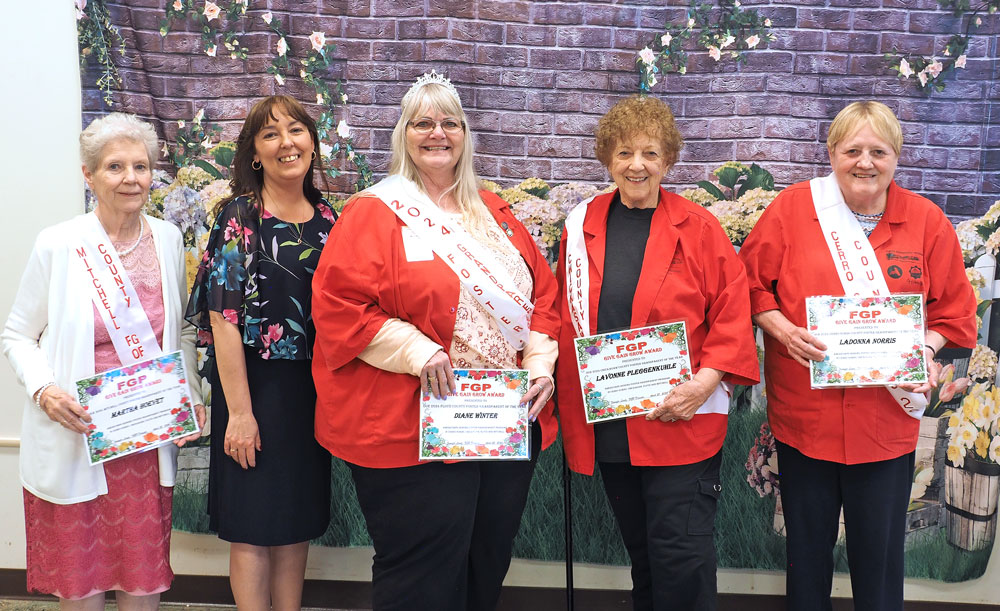


Social Share